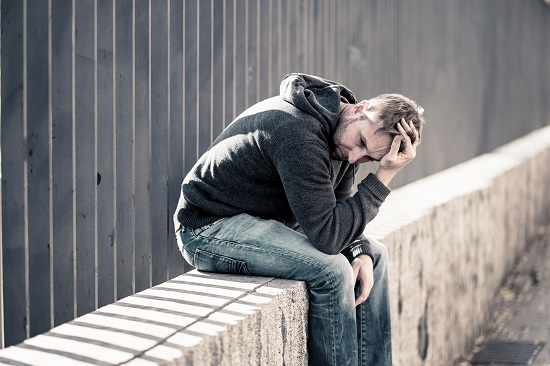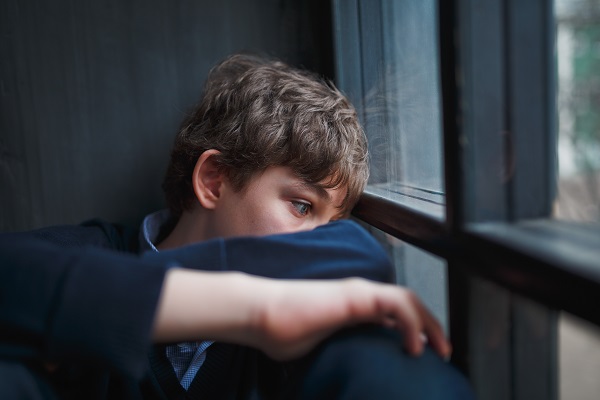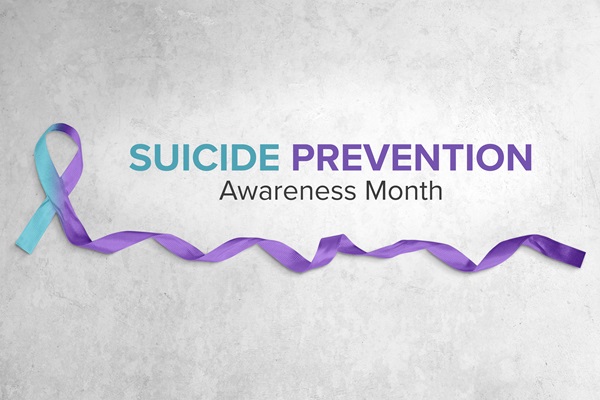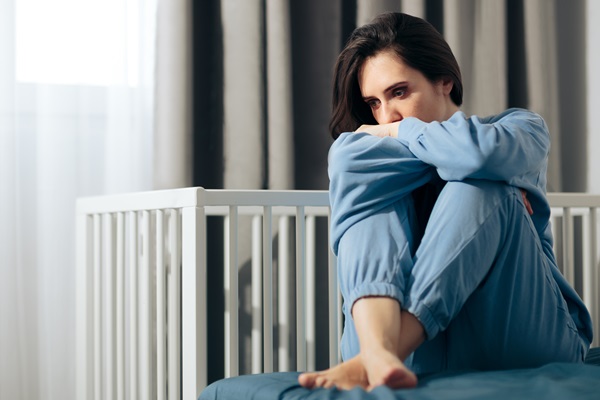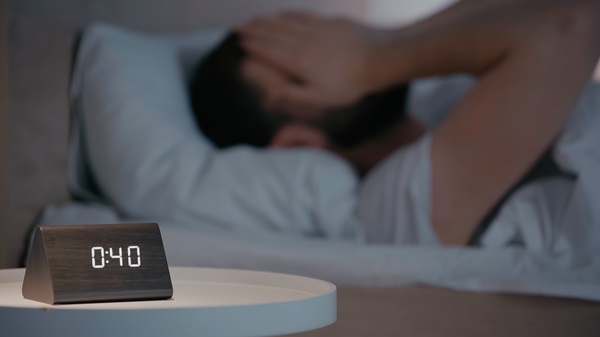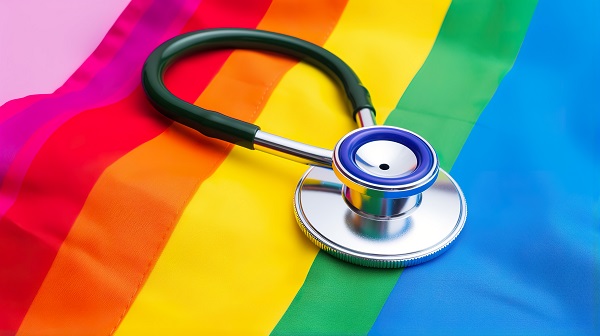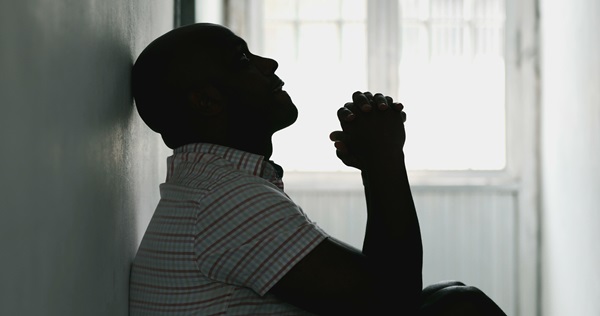Department of Defense Will Track Suicide Deaths by Job Specialty
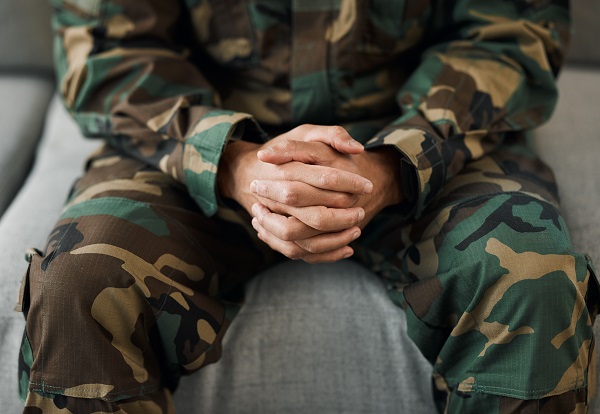
A new federal law will require the U.S. Department of Defense to include information on the occupational specialties of service members who die by suicide in its annual report on military suicide deaths, according to Air & Space Forces Magazine.
This provision is part of the 2025 National Defense Authorization Act (NDAA), which Congress passed last month. According to advocates, this data should help military officials understand stressors that affect specific jobs. “Anecdotally, we know [suicide rates are] really bad in certain career fields,” said retired Air Force Master Sgt. Chris McGhee. “I consider this to be a starting point to investigate what is going on within those career fields that is driving those suicide rates.”
It’s well-known among suicide prevention advocates that job-related factors can have a significant impact on suicide risk, in both military and civilian careers. However, more data is always needed to understand why certain jobs are associated with higher risk of suicide and how those risks can be mitigated.
How job-related factors can affect the risk of dying by suicide
In 2023, the Centers for Disease Control and Prevention (CDC) published a report on (non-military) suicide rates by industry and occupation, based on 2021 data among U.S. persons of working age. According to the CDC report, the industries with the highest suicide rates include:
– Mining
– Construction
– Other Services (a catchall category that includes personal care, laundry, dry cleaning, pet care, death care, equipment repair, and many other service jobs)
– Arts, Entertainment, and Recreation
– Agriculture, Forestry, Fishing, and Hunting
The CDC report also discussed several job-related factors that can directly affect the risk of suicide, including:
– Work-related access to lethal means
– Job stress
– Poor support from supervisors and colleagues
– Low job control
– Job insecurity
That said, job-related factors are only one reason why certain jobs have higher suicide rates than others. Other demographic factors, such as age, race, ethnicity, educational attainment, and socioeconomic status, also affect suicide risk, and some occupations are disproportionately made up of people with those non-work-related risk factors. Still, it’s important to recognize the role that job-related factors play in increasing suicide risk among both military and civilian workers.
Both employers and medical providers need to make suicide prevention a priority
Especially in fields with high suicide rates, employers should make suicide prevention a top priority. Some steps employers can take to help mitigate the risk of suicide include:
– Providing ample time off that can be used to access mental health services.
– Providing an employee assistance plan (EAP).
– Distributing information on suicide prevention services, including the 988 Lifeline, in the workplace.
– Changing workplace cultures to reduce job stress, promote flexibility to the extent possible, and ensure employees are supported.
– Immediately addressing bullying, harassment, and discrimination in the workplace.
Just as importantly, medical providers need to incorporate screening for work-related factors in their assessments of suicide risk, including job stress and access to lethal means at work. Overlooking this key element of suicide prevention can have devastating consequences.
We fight for accountability for families
Suicide is preventable, and in too many cases, a death by suicide is caused by negligence on the part of medical professionals who failed to know how to assess for suicide risk; that covers a great majority of clinicians in hospitals, emergency rooms, and in outpatient offices. They simply do not know what they don’t know. Our job is to help teach providers how to become competent in suicide assessments, and/or hold clinicians accountable for deaths by suicide and pursue justice for grieving families.
If you have lost a loved one to suicide completion, The Law Offices of Skip Simpson would be honored to listen to your story and explain your possible legal options. Give us a call or contact us online for a free, confidential consultation. Our firm is based in Texas and serves families throughout the United States.



